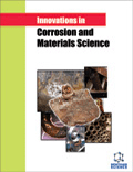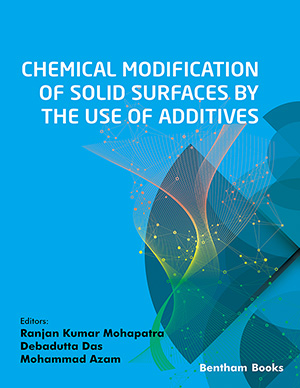Abstract
Background: Potentiodynamic polarization experiments were performed on Alloys IN601 and C22 to evaluate their susceptibility to localized corrosion in hydrochloric acid (HCl) at pH2. The tested specimens were evaluated by auger electron spectroscopy (AES) and scanning microscopy (SEM).
Nickel chromium alloys consist of surface oxide layers and corrosion products with metallic materials beneath.
Methods: Electrochemical techniques are used to examine the pitting tendencies of specimens of IN601 and C22 immersed in a concentrated hydrochloric acid solution (pH2). Techniques include potentiodynamic anodic polarization to determine the active-passive characteristics of alloys and scanning, X-ray, and Auger electron spectroscopy to characterize specimen surfaces in terms of pitting morphologies and for surface analysis of oxide layers.
Results: This paper examines the effect of HCl solution on the pitting behaviour of these alloys. Results show that IN601 alloy was characterized by more pitting than C22.
Conclusion: There are deeper oxide layers and corrosion products formed on sample surfaces of alloys C22 than in IN601. Furthermore, C22 exhibits a smaller hysteresis loop than IN601, thereby indicating that it has no pitting corrosion in concentrated HCl than IN601.
Keywords: Analysis, corrosion, C22, IN601, morphology, oxide layer, pits.
Graphical Abstract
 9
9 1
1 1
1 1
1







